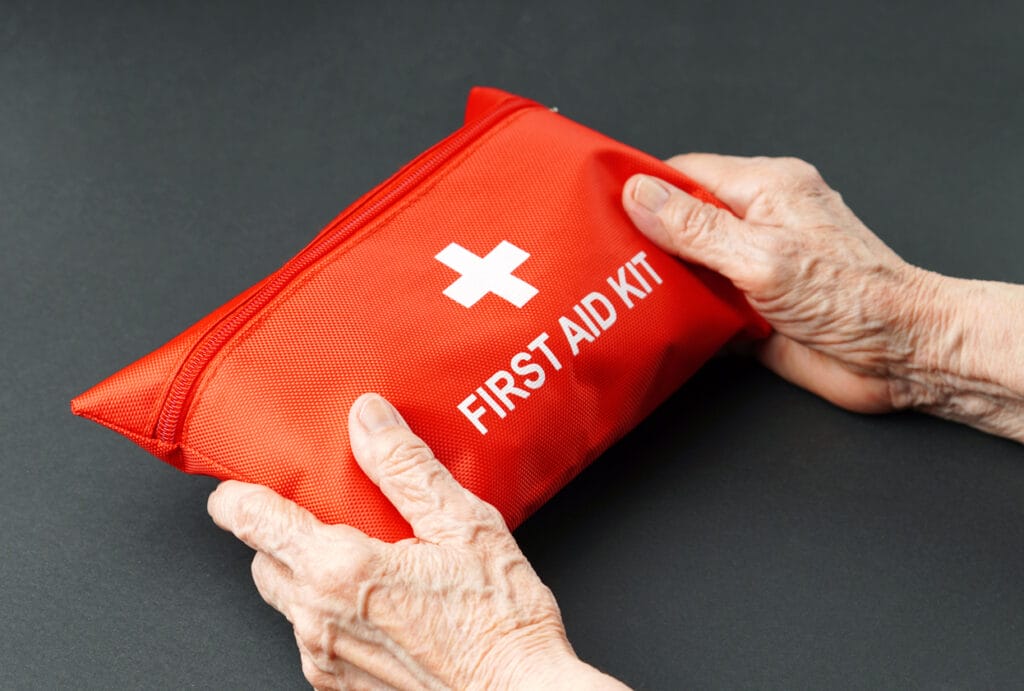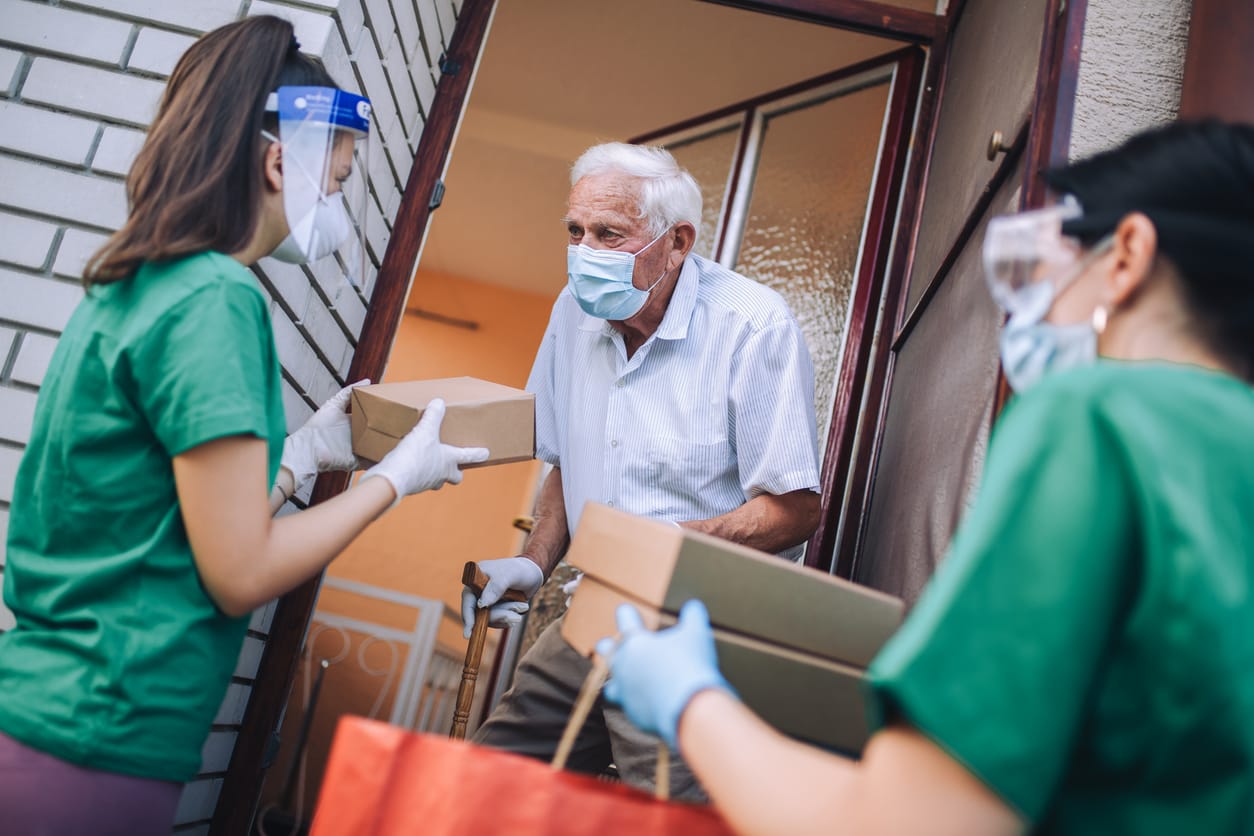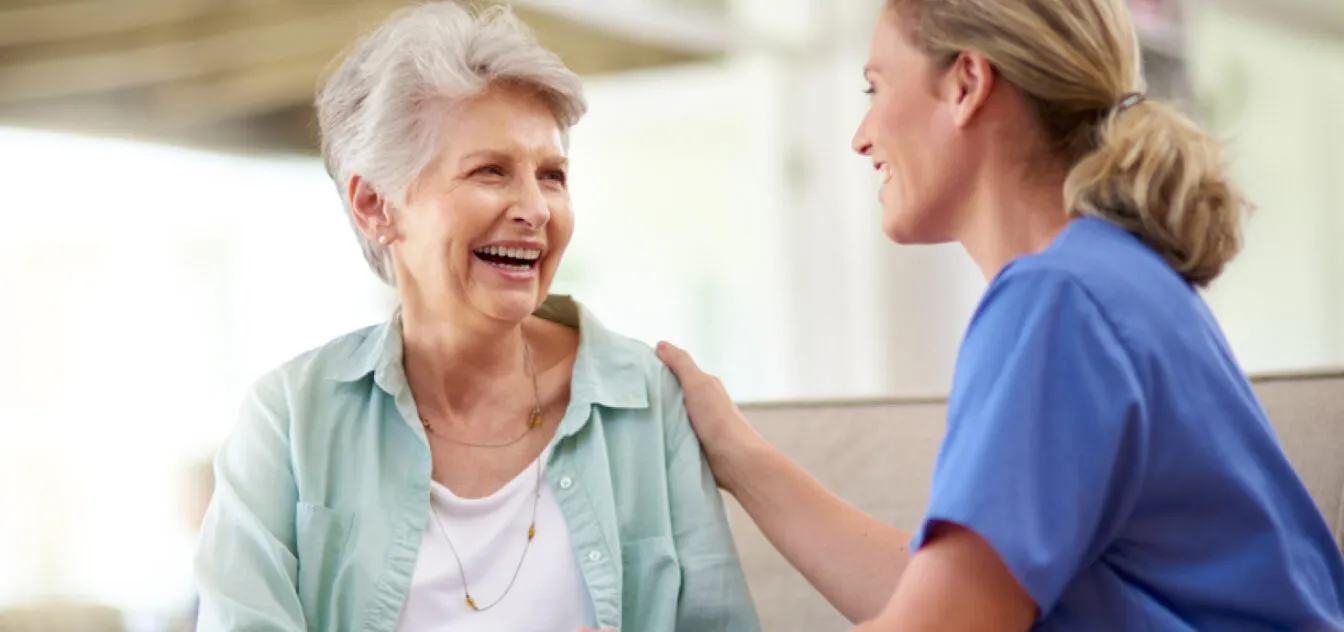The importance of emergency preparedness cannot be overstated. Seniors face unique challenges during emergencies, from mobility issues to health complexities, making comprehensive planning essential.
At the forefront of this effort are family caregivers, who play a crucial role in ensuring the safety and well-being of their elderly loved ones. By crafting personalized emergency plans tailored to individual needs, ensuring accessibility to essential supplies, establishing clear communication channels, and conducting regular drills, caregivers not only enhance readiness but also provide reassurance during uncertain times.
Their proactive approach not only safeguards seniors but also strengthens their resilience in the face of adversity.
Understanding the Risks
Identifying Common Emergencies
It's crucial to be well-informed about the various emergencies that can affect your region. Common occurrences such as hurricanes, earthquakes, floods, power outages, and wildfires pose significant challenges to senior care.
Each type of emergency requires careful planning and preparation: from ensuring access to essential medical supplies during power outages to understanding evacuation procedures for floods or wildfires. Staying updated on local emergency protocols and seasonal risks like tornadoes or severe storms is essential.
Collaborating with local authorities and community networks also helps in accessing relevant support and tailored information to safeguard seniors during emergencies.
Vulnerabilities of Seniors
Seniors are particularly vulnerable during emergencies due to factors such as limited mobility, chronic health conditions, and dependency on medications and medical equipment. According to recent statistics, seniors are disproportionately affected by disasters, highlighting the critical need for caregivers to proactively prepare and protect their loved ones.
Creating a Personalized Emergency Plan
Ensuring the safety and well-being of our elderly loved ones includes developing a personalized emergency plan that addresses their unique needs and circumstances. Here's a step-by-step guide to creating an effective emergency plan tailored specifically for seniors:
- Needs Assessment: Begin by conducting a thorough assessment of the senior's health concerns and specific needs. Consider factors such as mobility limitations, sensory impairments, medical conditions, and any medications that could affect their response during emergencies. This assessment forms the foundation for customizing the emergency plan to ensure it meets their individual requirements.
- Important Contacts: Compile a comprehensive list of essential contacts. Include primary caregivers, family members, doctors, specialists, pharmacies, and local emergency services. Ensure this list is readily accessible and kept updated to facilitate quick communication and assistance during critical situations.
- Evacuation Plan: Develop a clear and detailed evacuation plan tailored to the senior's mobility and health issues. Identify primary and alternate escape routes from different areas of the home, taking into account obstacles or accessibility challenges. Practice the evacuation plan regularly with the senior and other caregivers to familiarize everyone with the procedures and to address any concerns or adjustments needed.
Emergency Kits for Seniors
Ensuring the safety and preparedness of elderly loved ones during emergencies requires a carefully curated emergency kit designed to meet their specific needs. Family caregivers play a crucial role in assembling these kits, starting with essential items tailored to the senior's health and daily requirements. Include medications with clear instructions, vital documents like medical records and insurance information, and a list of emergency contacts. It's also essential to pack basic first aid supplies, spare eyeglasses or hearing aids, personal hygiene items, non-perishable food, water, and any necessary dietary items. Regularly update the kit by checking medication expiration dates, replacing expired items, and adjusting contents according to seasonal changes or evolving health conditions. Store the kit in an easily accessible location known to both the senior and caregivers, ensuring its contents are well-organized and accessible during emergencies.

Family caregivers continue to play a pivotal role in maintaining and managing the emergency kit over time. Collaborate closely with the senior to ensure the kit reflects their preferences and current health needs. Assist in organizing medications, labeling items clearly, and maintaining a checklist of contents. Encourage the senior to familiarize themselves with the kit's location and contents, promoting confidence and readiness in times of crisis. By proactively preparing and updating the emergency kit, caregivers enhance safety and resilience, providing peace of mind for both themselves and their elderly loved ones in unpredictable situations.
Communication Strategies
Effective communication is essential for family caregivers to ensure the safety and well-being of their elderly loved ones during emergencies. Here's a guide from the caregiver's perspective on establishing reliable communication strategies:
Importance of Communication
Effective communication before, during, and after an emergency is critical for coordinating responses and providing timely assistance. Before an emergency occurs, discuss and establish communication plans with the senior and other family members. Ensure everyone understands their roles and knows how to reach each other in case of an emergency. During an emergency, clear communication helps assess the situation, coordinate evacuations if necessary, and provide updates on safety and well-being. After an emergency, ongoing communication is vital for recovery efforts and addressing any immediate or long-term needs.
Setting Up Communication Methods
Utilize reliable communication methods and backups to stay connected. Cell phones are essential for direct communication, so ensure they are fully charged and have emergency contacts programmed. Consider alternative communication methods such as landlines, two-way radios, or emergency alert systems that do not rely solely on cellular networks, which may be unreliable during emergencies. Familiarize seniors with using these devices and ensure they are easily accessible in case of power outages or other disruptions.
Regular Check-Ins
Plan for regular check-ins during emergencies to monitor the senior's safety and well-being. Agree on a schedule for family members or caregivers to provide updates and receive information about the senior's status. This ensures that any changes or developments in the emergency situation are communicated promptly and appropriate actions can be taken as needed.
Home Safety and Accessibility
Creating a safe and accessible home environment is crucial for ensuring the well-being and comfort of elderly loved ones. Here's a practical guide from the perspective of family caregivers on enhancing home safety:
Enhancing Home Safety
Recommend practical ways to improve home safety and accessibility. Install grab bars in bathrooms and along hallways to assist with mobility. Consider installing ramps or lifts to facilitate easy movement between different levels of the home. Replace slippery flooring with non-slip surfaces, especially in areas prone to moisture such as bathrooms and kitchens. Ensure adequate lighting throughout the home to minimize tripping hazards, and organize furniture to create clear pathways for mobility aids.
Installing Safety Features
According to the National Fire Protection Association (NFPA), adults aged 65 and older are twice as likely to die in home fires compared to younger adults. This statistic highlights the importance of prioritizing fire safety measures in seniors' homes.
Install smoke detectors and carbon monoxide alarms in key areas of the home and test them regularly. An estimated 2.6 million carbon monoxide poisoning cases occur in the U.S. annually, underlining the lifesaving potential of these alarms. Consider a monitored home security system that includes emergency alerts to notify caregivers and authorities in case of intrusions or emergencies.
Ensure that emergency exits are clearly marked and easily accessible, especially for seniors with mobility limitations. Consider adding a home automation system that allows remote monitoring and control of safety devices, providing peace of mind for caregivers who may not be physically present.





